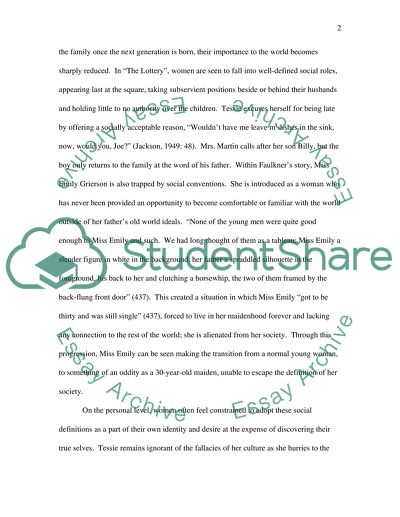Cite this document
(“Constrained Women Essay Example | Topics and Well Written Essays - 1000 words”, n.d.)
Retrieved from https://studentshare.org/miscellaneous/1546551-constrained-women
Retrieved from https://studentshare.org/miscellaneous/1546551-constrained-women
(Constrained Women Essay Example | Topics and Well Written Essays - 1000 Words)
https://studentshare.org/miscellaneous/1546551-constrained-women.
https://studentshare.org/miscellaneous/1546551-constrained-women.
“Constrained Women Essay Example | Topics and Well Written Essays - 1000 Words”, n.d. https://studentshare.org/miscellaneous/1546551-constrained-women.


